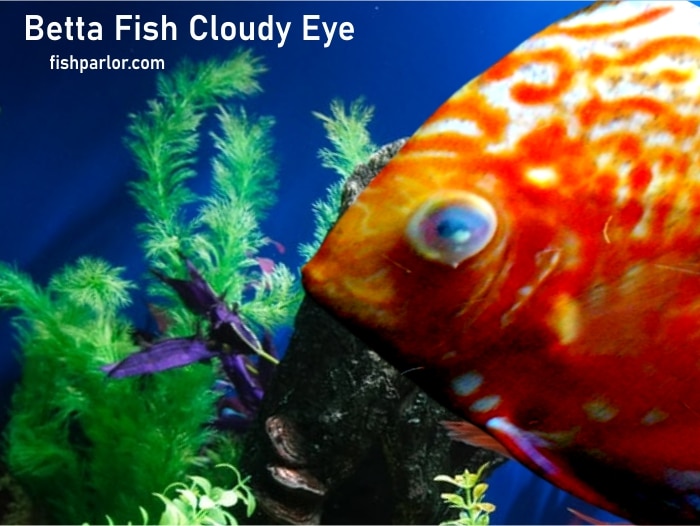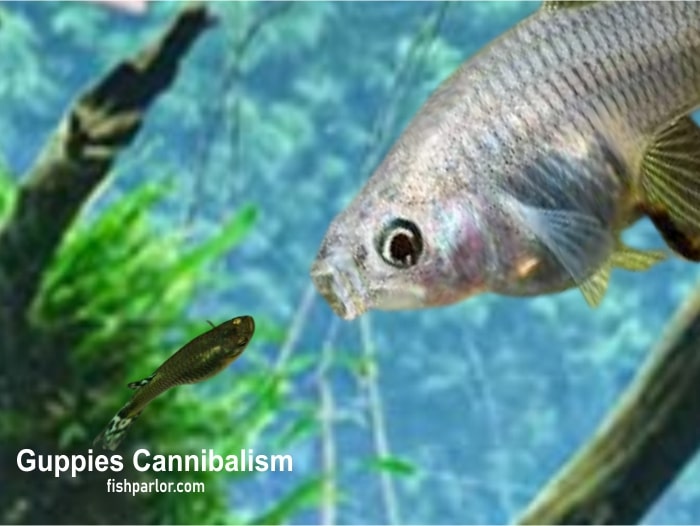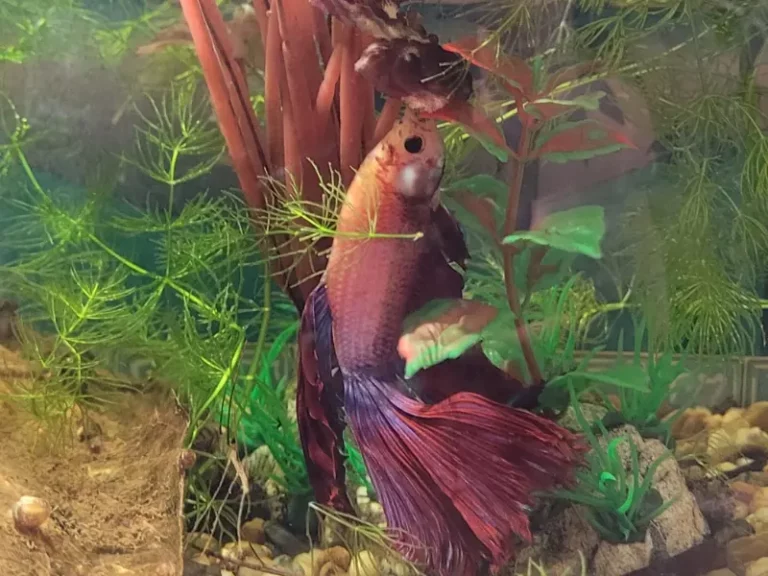Platyfish can live for 3-4 years when kept under good water conditions. However, increased mortality, shrinking, and wasting away in platies can be occasioned by stress or other problems with the fish or their aquarium.
So, why do platies keep dying?
The main reasons for death in platies include a sudden change in water conditions, ammonia poisoning, poor acclimation, diseases, unfavorable water temperature and pH, and lack of water cycling.
Changes in eating patterns, swimming, or appearance may indicate your fish are sick.
Causes of death in platyfish
It is important to know the signs of a dying platyfish to be able to save your pet. Below, I’ve explained the possible reasons for high mortality in platyfish and how you can mitigate them.
| Cause of death | Best solution |
| Ammonia poisoning | Change 25-50% of the water. |
| Sudden parameter change | Cycle water gradually. |
| Incorrect pH | Fix the pH level to 6.8-8.5 |
| Diseases | See a veterinarian for treatment. |
| Poor acclimation | Acclimate your platy to new aquariums. |
1. Ammonia poisoning
Ammonia poisoning can kill fish within hours and may be the reason why your platies keep dying. As ammonia accumulates in the tank, it offsets the nitrogen cycle and changes the water pH unfavorably.
Signs of ammonia poisoning in fish include gasping for breath at the surface, lethargy, red or purple gills, and loss of appetite.
Using tap water for your fish, improper filtering, and lack of water cycling are the main reasons for ammonia poisoning. Decaying organic matter can also contribute to alarming levels of nitrites, CO2, and ammonia in the tank.
Best Fix
The immediate fix for ammonia poisoning is changing 25-50% of the water followed by small water changes to dilute its concentration. Add a filtration system in the tank then use an ammonia detoxifier treatment such as Ammo-lock to reduce toxicity and save your platyfish.
Ammonia is colorless and odorless even at toxic levels in the water. You’ll only notice it when your platies show signs of death, so I highly recommend testing the water regularly to ensure balanced chemistry.
2. A sudden change in water pH
Platies can tolerate a wide pH level of 6.8-8.5. Sudden fluctuations in the pH level can stress the fish and cause death.
Before introducing your platys to an unexpected pH level environment, prepare them for the change.
The pH levels of water in a plastic bag and an aquarium differ. Before transferring platies to an aquarium, put them in a plastic container with similar water chemistry to the plastic bag water to allow them to acclimatize.
After 10 to 15 minutes, replace some water in the plastic container with aquarium water.
Repeat the process until the container water is entirely replaced with aquarium or tank water. Then, transfer the platys from the container into the tank after the adjustment to the new environment.
3. Poorly cycled aquarium
Failure to carry out a proper nitrogen cycle can lead to the death of your fish due to the buildup of ammonia and nitrites.
The purpose of cycling your fish tank is to introduce a bacteria population that consumes and converts the toxic ammonia and nitrite gases that are less harmful.
The nitrogen cycle takes between 2 to 8 weeks to complete depending on the tank or aquarium capacity. Accelerating the process is possible by introducing nitrifying bacteria into your aquarium.
Nitrite levels below 10 ppm are ideal for platyfish, so, remember to cycle the water before introducing your platyfish into the tank.
4. Overstocking the aquarium
Keeping too many platies in a small tank can lead to early deaths from stress, increased ammonia levels, and extreme competition for food.
Best Fix
It is recommended to keep a maximum of 3 platies in a 5-gallon tank. In fact, the ideal minimum tank size should be 10 gallons, which should not house more than 6 platies. If you overstock beyond this, your fish can easily die from stress.
5. Bad genetics
Platyfish with a genetic susceptibility or predisposition are highly likely to get particular diseases. Crossbreeding platies can leave them prone to disease and short lifespans.
Best fix
Only use breeders that are reputable and trustworthy. Platys that are deformed and have health issues breeding will transfer the same traits to their offspring.
6. Diseases
Platyfish can also die due to infections. Poor water conditions can promote the infestation and spread of disease-causing parasites in the aquarium.
Introducing a parasite to your stock is also possible by introducing new fish, live food, decorations, and plants.
Best fix
Always quarantine and treat new platyfish before mixing them with your existing stock. Clean new aquarium plants, quarantine them before introducing them in your tank.
How to tell a platy is about to die
Here are signs your platyfish is about to die:
- Enlarged eyes.
- Lethargy (little to no activity).
- Rotting fins from an infection.
- Swollen body.
- Complete loss of appetite.
- Cotton-like patches all over the skin.
Most of these signs are caused by disease, injury, or heightened stress.
Do platys die after giving birth?
Platyfish don’t die after giving birth but death can result from the pressure of repeated pregnancy, strenuous labor, poor water conditions, harassment, stress, and sickness.
How to save a dying platyfish
Save a dying platyfish by keeping suitable water quality, preventing and treating illnesses, providing a good diet, and separating it from potential sources of stress like males.
A dying fish that you place away from stressors has sufficient time and peace of mind to recover healthwise.
If a platyfish struggles while giving birth, aid it by gently catching the babies and pulling them out.
Dead platy at the bottom of the tank
A dead platy is likely to sink at the bottom of the tank. You can identify it by its immobile gills (no breathing) and cloudy eyes.
Use a net to scoop the dead fish out of your tank for disposal.
Conclusion
Platyfish die unexpectedly due to fluctuating water conditions, poorly functioning filtration systems, and exposure to untreated tap water. Tap water contains chlorine and chloramines (a combination of chlorine and ammonia), which are toxic chemical compounds that can kill platies.
Sometimes, platies may lay at the tank’s bottom and appear lifeless while they are just stressed, ill, pregnant, or exposed to bad water conditions and need your help.




